EU declaration conformity
Modbus RTU IO module | 3 analogue outputs | galvanically separated
Product description
This is a Modbus RTU output module with 3 analogue outputs. These outputs are galvanically separated from the Modbus RTU communication (input). They convert the value of a Modbus Holding Register into an analogue output signal.
The default output type is 0-10 VDC. If necessary, a different output type can be selected: 0-10 VDC / 0-20 mA / 0-100 % PWM.
The supply voltage is 24 VDC Power over Modbus, i.e. both Modbus RTU communication and power supply can be connected via one RJ45 connector.
This module is a slave device, which means it needs a master unit or a BMS system that is able to write a value in the DDACM-I3 Modbus Holding registers.
Documents
Additional specifications and description
How does it work?
Sentera devices communicate via Modbus RTU. Modbus RTU is a serial communication protocol that uses RS485 technology. Some applications require communication with non-Sentera products - for example a damper actuator, an EC fan, etc. These non-Sentera products can be connected via this DDACM-I3 module. They can receive commands via the 3 analogue outputs of this module. The output types can be selected: 0-10 VDC / 0-20 mA / 0-100% PWM. These outputs are galvanically separated from the Modbus RTU input. It means that there is electrical isolation between the two. Electrical isolation provides protection against potential differences, voltage spikes, and noise between different parts of a system. In the case of the DDACM-I3 module, it means that the analogue outputs (0-10 VDC, 0-20 mA and 0-100% PWM) and the Modbus RTU input operate independently of each other electrically.
This electrical isolation helps prevent interference and ensures the stability and reliability of the signals being transmitted through the module. It can be particularly useful when there is a need to connect devices with different ground references or to protect sensitive equipment from electrical disturbances.
So, with the DDACM-I3 module, you can select the desired output type (0-10 VDC, 0-20 mA, or 0-100% PWM), while having the assurance that these outputs are electrically isolated from the Modbus RTU input, providing a level of protection and signal integrity.
What are the output modes?
0-10 VDC mode: In this mode, the analogue outputs of the module generate a voltage signal between 0 volts and 10 volts. The output value is directly proportional to the desired control signal. For example, an output value of 5 volts corresponds to a 50% control signal. This mode is the most commonly used to interface with devices that accept voltage signals for control, such as variable speed drives, motor controllers, or analogue input modules of PLCs. This also the default mode.
0-20 mA mode: In this mode, the analogue outputs of the module produce a current signal ranging from 0 mA to 20 mA. Again, this mode is often utilized to interface with devices that require current signals for control, such as analogue input modules of PLCs, analogue meters, or analogue-to-digital converters.
0-100% PWM mode (Pulse Width Modulation): In this mode, the analogue outputs generate a pulse signal with a variable duty cycle. The duty cycle represents the percentage of time the signal is "on" compared to the total period of the pulse. For example, a duty cycle of 50% means the signal is "on" for 50% of the pulse period and "off" for the remaining 50%. This mode is commonly used to control devices that accept PWM signals, such as DC motor speed controllers or LED dimmers. The resolution of the PWM signal typically allows for fine-grained control over the connected device.
The selection of the operating mode depends on the specific requirements of the non-Sentera devices that are connected and their compatibility with these signal types.
To control the analogue outputs and input values into the Modbus registers of the DDACM-I3 module, a Modbus master device is essential. Such devices are Sentera's DRPUM or RDPUM universal controllers, which need firmware tailored to its particular application. You can establish a connection between this controller and the SenteraWeb online HVAC portal through an internet gateway. Via SenteraWeb, you can pick the desired application and download the application-specific firmware into the connected devices. By writing values to Modbus Holding registers 12, 16, and 20, the master device can configure the outputs.
Sentera devices communicate via Modbus RTU. Modbus RTU is a serial communication protocol that uses RS485 technology. Some applications require communication with non-Sentera products - for example a damper actuator, an EC fan, etc. These non-Sentera products can be connected via this DDACM-I3 module. They can receive commands via the 3 analogue outputs of this module. The output types can be selected: 0-10 VDC / 0-20 mA / 0-100% PWM. These outputs are galvanically separated from the Modbus RTU input. It means that there is electrical isolation between the two. Electrical isolation provides protection against potential differences, voltage spikes, and noise between different parts of a system. In the case of the DDACM-I3 module, it means that the analogue outputs (0-10 VDC, 0-20 mA and 0-100% PWM) and the Modbus RTU input operate independently of each other electrically.
This electrical isolation helps prevent interference and ensures the stability and reliability of the signals being transmitted through the module. It can be particularly useful when there is a need to connect devices with different ground references or to protect sensitive equipment from electrical disturbances.
So, with the DDACM-I3 module, you can select the desired output type (0-10 VDC, 0-20 mA, or 0-100% PWM), while having the assurance that these outputs are electrically isolated from the Modbus RTU input, providing a level of protection and signal integrity.
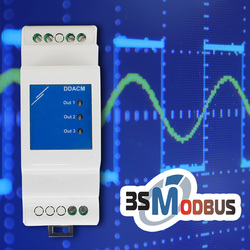
What are the output modes?
0-10 VDC mode: In this mode, the analogue outputs of the module generate a voltage signal between 0 volts and 10 volts. The output value is directly proportional to the desired control signal. For example, an output value of 5 volts corresponds to a 50% control signal. This mode is the most commonly used to interface with devices that accept voltage signals for control, such as variable speed drives, motor controllers, or analogue input modules of PLCs. This also the default mode.
0-20 mA mode: In this mode, the analogue outputs of the module produce a current signal ranging from 0 mA to 20 mA. Again, this mode is often utilized to interface with devices that require current signals for control, such as analogue input modules of PLCs, analogue meters, or analogue-to-digital converters.
0-100% PWM mode (Pulse Width Modulation): In this mode, the analogue outputs generate a pulse signal with a variable duty cycle. The duty cycle represents the percentage of time the signal is "on" compared to the total period of the pulse. For example, a duty cycle of 50% means the signal is "on" for 50% of the pulse period and "off" for the remaining 50%. This mode is commonly used to control devices that accept PWM signals, such as DC motor speed controllers or LED dimmers. The resolution of the PWM signal typically allows for fine-grained control over the connected device.
The selection of the operating mode depends on the specific requirements of the non-Sentera devices that are connected and their compatibility with these signal types.
To control the analogue outputs and input values into the Modbus registers of the DDACM-I3 module, a Modbus master device is essential. Such devices are Sentera's DRPUM or RDPUM universal controllers, which need firmware tailored to its particular application. You can establish a connection between this controller and the SenteraWeb online HVAC portal through an internet gateway. Via SenteraWeb, you can pick the desired application and download the application-specific firmware into the connected devices. By writing values to Modbus Holding registers 12, 16, and 20, the master device can configure the outputs.
How to mount it?
The DDACM-I3 module is specifically engineered for mounting on a DIN rail, offering effortless attachment to this type of rail.
The DDACM-I3 module is specifically engineered for mounting on a DIN rail, offering effortless attachment to this type of rail.
The module's Modbus RTU communication and 24 VDC power supply are both accessed via an RJ45 socket. For streamlined wiring, Sentera suggests the use of our 24 VDC power supplies equipped with an RJ45 connector.
The enclosure is rated with an IP30 protection level, indicating its ability to provide a degree of protection against the infiltration of dust and moisture.
The enclosure is rated with an IP30 protection level, indicating its ability to provide a degree of protection against the infiltration of dust and moisture.

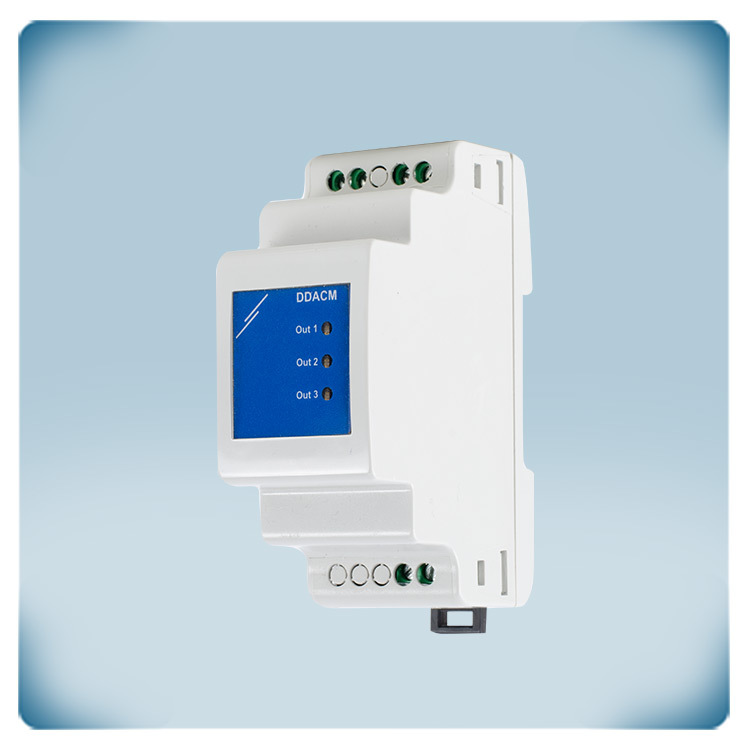
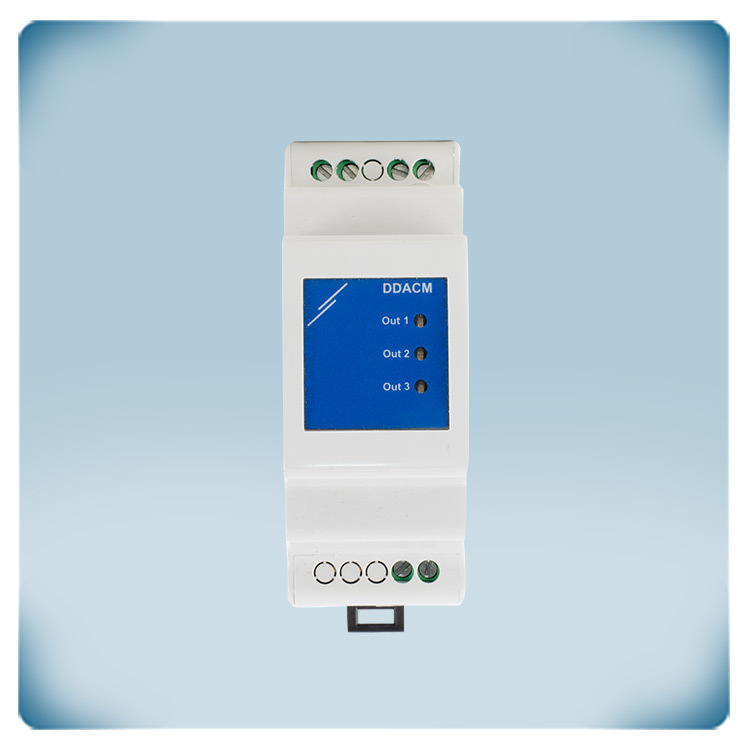
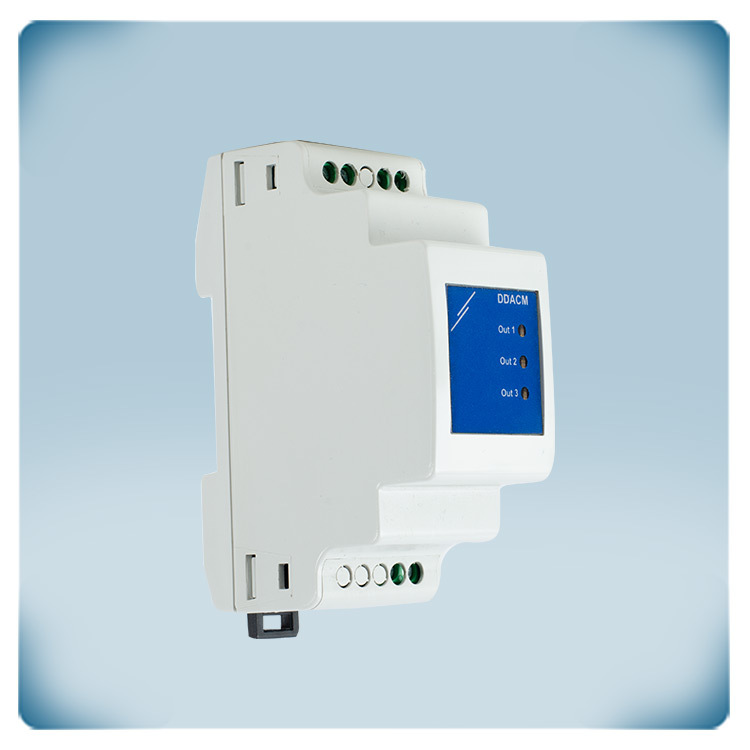
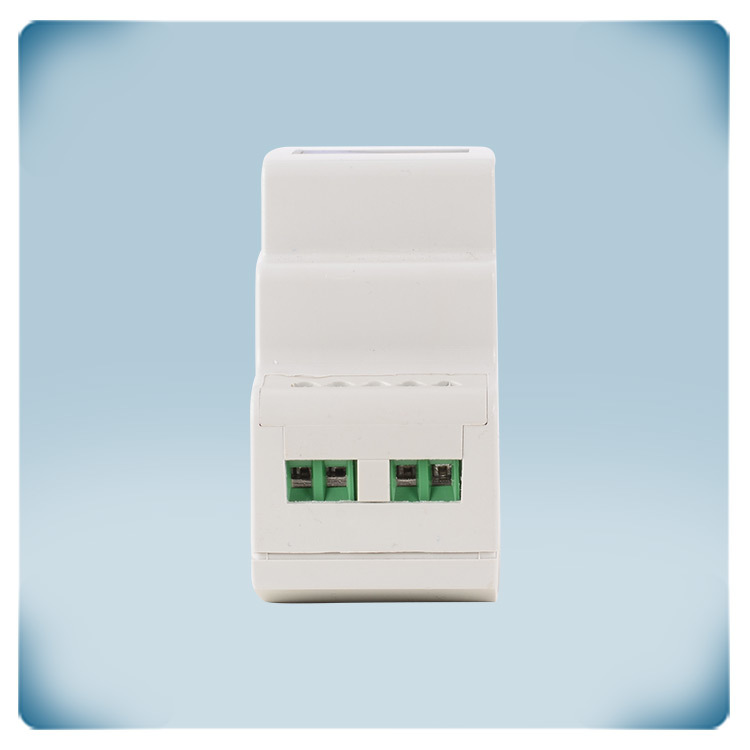
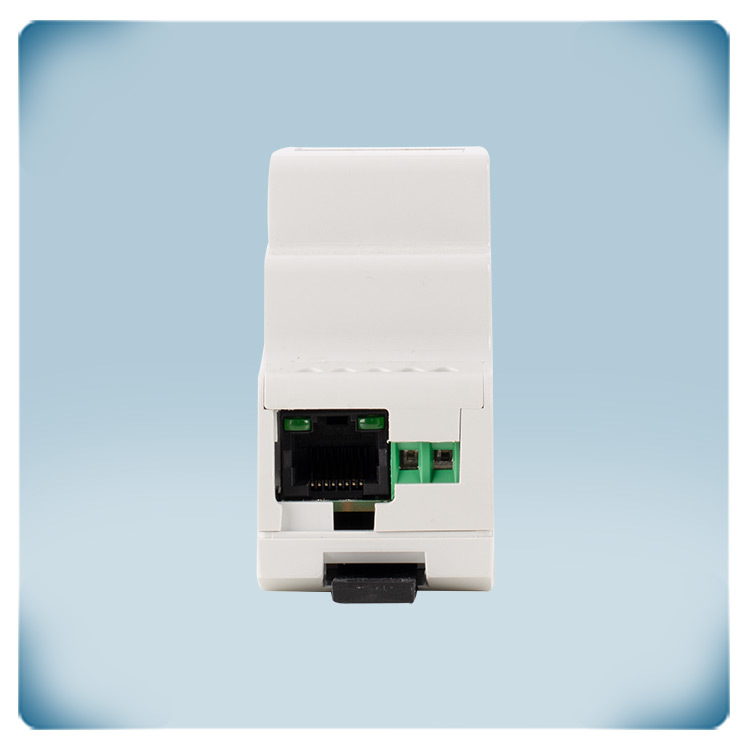
.webp)
.webp)
.webp)
.webp)
.webp)
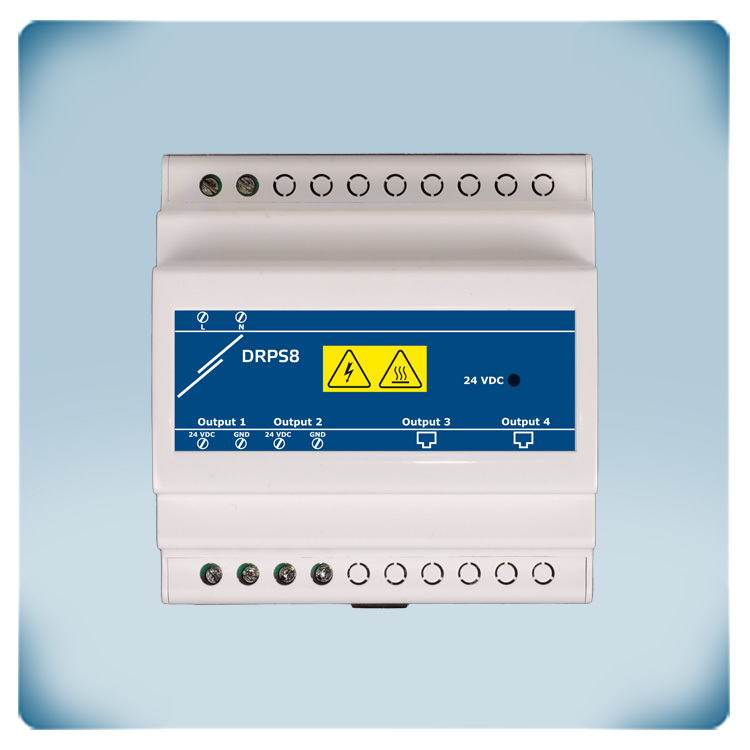
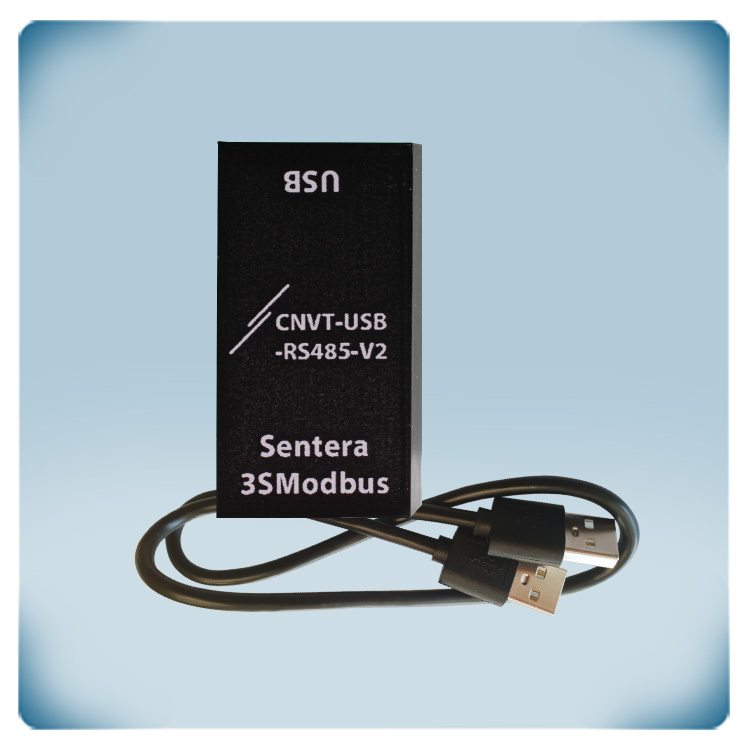
Remarks, reviews & ratings